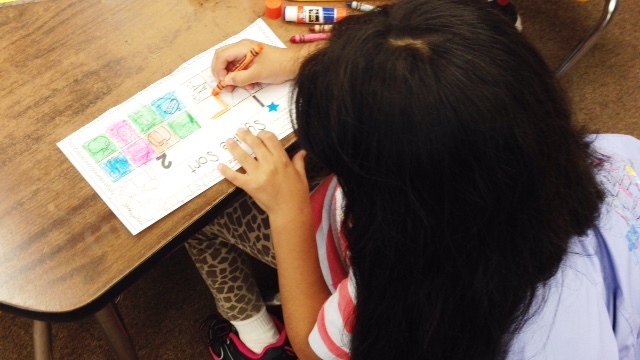The 2015 Disneyland measles outbreak stretched into Utah — but never crossed the border into Idaho.
But this was close enough to put Idaho school officials on high alert. Administrators realized they needed to have accurate student immunization data — because, in the event of an outbreak, they are required to keep unimmunized students out of school for at least 21 days. For district officials forced to juggle a number of reporting tasks, compiling complete immunization data took on added importance.

So the measles outbreak might have yielded an unlikely benefit, months after the fact. In 2015-16, Idaho’s immunization rates reached a five-year high. In the same way that parents might have taken vaccinations more seriously, school officials might have stepped up their data collection.
Ultimately, Department of Health and Welfare officials can offer up several theories to explain the state’s improving immunization numbers. There is no single cause.
“We kind of attack it on all fronts,“ said Dr. Christine Hahn, Idaho’s state epidemiologist and Health and Welfare’s public health medical director.
Overall, 86.7 percent of Idaho students were considered “adequately immunized,” up from 85.6 percent a year earlier. (Click here to download numbers for Idaho school districts and for the state’s charter schools.) For Hahn and other public health officials — who have been battling to boost Idaho’s lagging immunization rates — the improvement provides some glimmer of hope.
Health and Welfare still has work to do to hit its overall 90 percent immunization goal. Only 38 of Idaho’s 115 school districts hit that target, a figure unchanged from 2014-15. Only 31 districts had a 90 percent immunization rate for kindergartners; 36 districts hit this threshold in 2014-15.
So, what happened this year?
- Fewer parents filed paperwork to excuse their children from immunizations. Parents can request an exemption on medical, religious or philosophical grounds — although some parents fill out the paperwork because it’s easier than updating their kids’ vaccinations. In 2015-16, Idaho’s exemption rate dropped to 6.3 percent, down from a 6.5 percent number that was highest in the nation.
- In 2015, Health and Welfare launched a public awareness campaign, taking its “Choose to Immunize” message to billboards, bus panels and brochures.
- Health and Welfare continued to reach out to health-care providers — to make sure they are spreading the word about the importance of immunizations. Each spring, Health and Welfare hosts a series of daylong conferences around the state, and the attendance is increasing annually, said Rafe Hewett, manager of the Idaho Immunization Program.
Still, the immunization campaign comes back to some familiar themes: skepticism and access.
This spring’s Health and Welfare conferences focused on “vaccine hesitancy,” as nearly 700 health-care providers got a crash course in counseling parents who are skeptical about immunizations. Immunization rates are lower in pockets of the state, particularly North Idaho — but the Panhandle’s rate did increase by more than 3 percentage points in 2015-16, Hewett said.
Still, the hardline parents who refuse to immunize their kids represent the exception, not the rule. The state sees a more common problem: children who have received only some of the state’s required shots, but not all of them. This suggests an access problem, not an ideological opposition to immunization, Hahn said.
Another sign of access issues: Immunization rates exceed Health and Welfare’s 90 percent target in urban districts such as Boise, West Ada and Nampa. In many rural districts, the numbers are lower. “We can’t conjure more medical care providers in those areas,” Hahn said.
